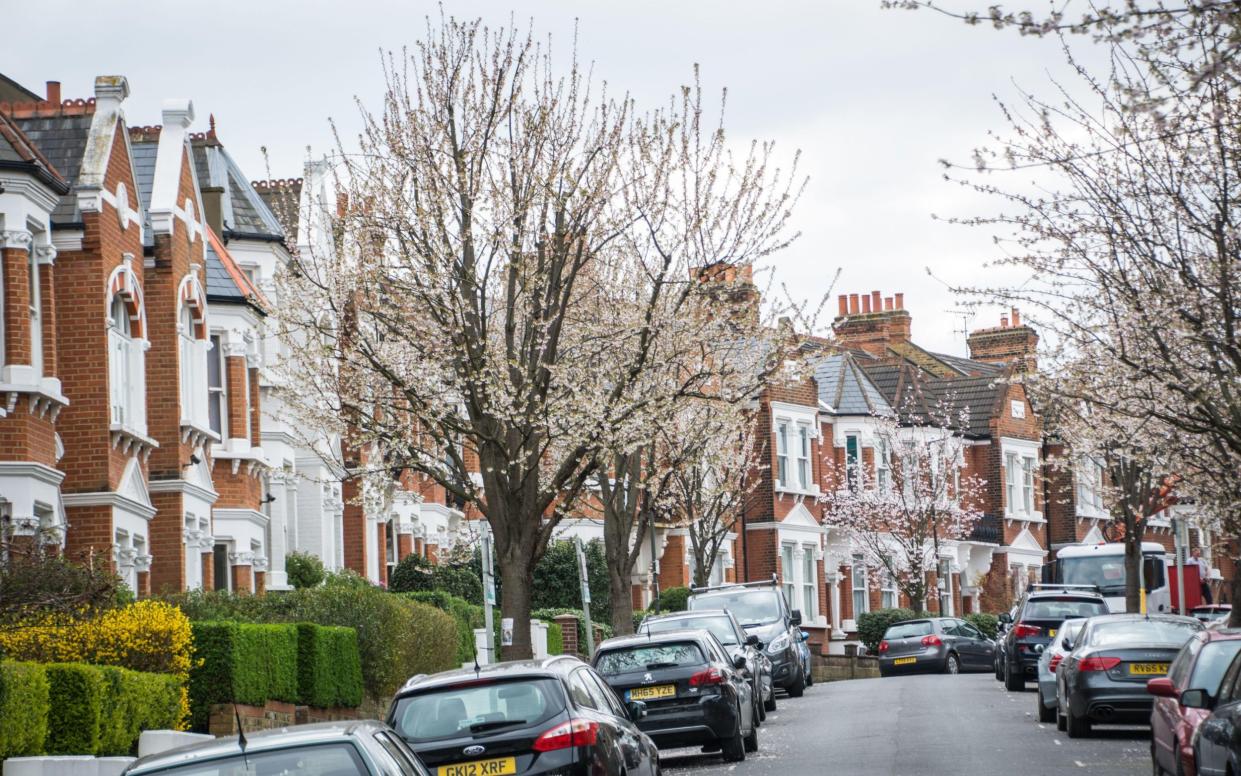10,000 homeowners are at risk of becoming ‘mortgage prisoners’

More than 10,000 homeowners are at risk of becoming mortgage prisoners as a negative equity “time bomb” looms, new information suggests.
The number of houses purchased with a loan worth 95pc or more of the value of the property doubled last year, according to figures released under a Freedom of Information request.
These homes are most at risk of falling into negative equity, with house prices set to fall by 7pc by the end of 2024, according to the latest forecast by the Office for Budget Responsibility.
The figures from the Financial Conduct Authority (FCA) show that just 2.26pc of homes were bought with a loan to value ratio of 95pc in 2021.
The FCA expects that in 2023, the figure will be 4.25pc, meaning that 10,650 homeowners are at significant risk of sliding into negative equity.
This accounts for close to one in 20 of all those who bought a home with a loan in the first two quarters of the year.
Sarah Olney, the Liberal Democrat spokesman for the Treasury, said: “Soaring mortgage rates combined with falling house prices are creating a negative equity ticking time bomb.
“Those falling into negative equity face becoming mortgage prisoners, trapped in their home and at risk of being hit by higher rates.
“Ministers and the regulator need to come up with a plan to help homeowners on the brink. The Conservative government crashed the economy and sent mortgage rates through the roof, they have a responsibility to help those now paying the price.”
Being in negative equity occurs when the value of someone’s home falls below the amount they borrowed to pay for it.
This can leave people as “mortgage prisoners,” unable to sell their home without having to pay large sums of money to their bank or lender.
Those in negative equity may also struggle to remortgage when they come to the end of their fixed rate deal, and instead face being pushed onto a more expensive product transfer or standard variable rate.
The Liberal Democrats are calling for a mortgage protection fund, which would be paid for by reversing the Conservative party’s £3bn tax cut for the big banks.
The fund would give the most vulnerable mortgage holders the support they needed so that they could get through a challenging period of high interest rates without losing their homes.
Interest rates have soared in the last two years as the Bank of England has sought to bring inflation down to its target of 2 per cent.
Earlier this month, the Bank’s Monetary Policy Committee decided for the third time in a row to hold interest rates at 5.25 per cent.
However, the Bank Rate is still sitting at its highest rate for 15 years, with rates previously increased 14 times in a row from December 2021.
The surprise fall in inflation in November to 3.9 per cent has raised hopes that the Bank may begin cutting interest rates sooner than expected in 2024, bringing much needed relief to mortgage holders.
Some analysts are predicting that the Monetary Policy Committee will begin to reduce the Bank Rate in the first half of the year.
A Treasury spokesman said: “The best way to help homeowners is by bringing down high inflation, and this year we have succeeded in our pledge to halve it.
“To support mortgage holders struggling to afford high interest rates, we have put in place one of the largest cost of living support packages anywhere in Europe worth on average £3,700 per household.
“We have also introduced the Mortgage Charter, which can make it easier to manage monthly repayments and gives extra protections to homeowners.”
Recommended
What 2024 has in store for the property market and mortgages

